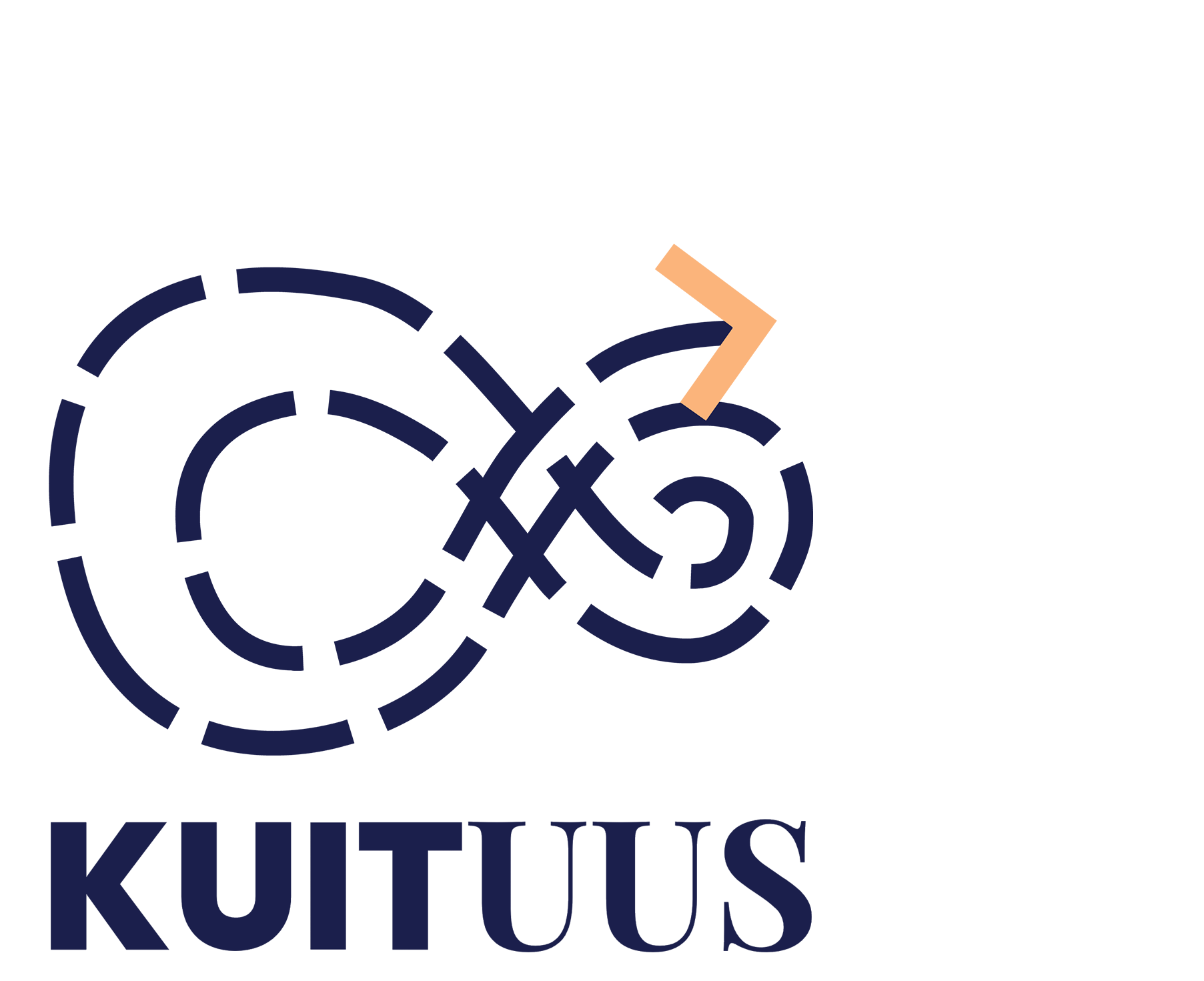30 Nov PODCAST 1: RECYCLED FIBRE COMBINES BUSINESS POTENTIAL WITH SUSTAINABILITY
Almost 100 000 tonnes of textiles are disposed in Finland every year. For now, textiles that are unsuitable for reuse end up in mixed waste to be incinerated. However, this is going to change. Satumaija Levón, the leading expert of sustainability and circular economy at Suomen Tekstiili & Muoti ry (Finnish Textile & Fashion), sees that the change towards more a sustainable consumption and production is necessary in the textile industry. The utilising of end-of-life textiles and recycled fibre is not only one of the enablers of change but also a potential export product of Finland.
Even now, collection containers for clothes that are suitable for reuse already exist. Through these containers, intact and clean clothes could have been recycled, for example, by donating them to charity organisations. By 2023, it will be possible to find similar containers for disposable clothes and other textiles. The reason for this is the obligatory EU-wide separate collection of textile waste. It will come into effect in 2025 but Finland will start the collection even before that. Levón aptly describes Finland as the forerunner of the circular economy within the EU.
“In Finland, we have patiently worked with the circular economy of textiles and we have many recycled fibre innovations”, Levón elaborates.
In addition, the recycling ecosystem has been built for a long time and the capacity to process end-of-life textile flows already exists. One of the examples of this is the end-of-life textile refinement plant that will open in Paimio. The plant that is established by the circular economy company Rester Ltd. and Lounais-Suomen Jätehuolto (Southwest Finland Waste Management Ltd.) will process end-of-life textiles of companies and consumers. The plant will refine textiles into raw material to be further used to replace virgin materials in textile products as well as in products of other industry sectors, for example, different kinds of insulation or composites.
“Because of their characteristics, textiles are suitable for great many uses”, Levón says.
In order to speed up the use of recycled fibre, an EU-wide textile strategy is being prepared. The aim of the strategy is to have an impact on how the textile industry develops towards a more sustainable direction in the future. Even though the strategy will address the sustainability issues of the industry in a comprehensive way, Levón hopes that the advancement of recycling and the circular economy will be paid particular attention to.
Furthermore, the advancement of circular economy is seen as a major business potential and an opportunity to replace globally produced cotton with textile fibres that are developed and manufactured in Finland. Thus, Finland is hoped to become one of the five possible recycling hubs of the EU, where end-of-life textiles from Finland as well as textile flows from other Nordic countries and the Baltic region will be processed. It is estimated that the amount of end-of-life textiles in Finland would create approximately 1400 jobs along the value chain but as the recycled material is processed further, even more jobs will be created. However, the value chain still requires more investments if we want to produce high value added textiles such as clothes in Finland. For instance, industrial yarn is not manufactured in Finland at the moment.
Levón sees that the recycling of textiles and the use of recycled fibre are definitely a part of the future – legislation as well as consumers that are interested in more sustainable solutions drive actors towards this inevitable direction.
“If you want to stay in the competition and remain amongst the forerunners, you need to jump on this bandwagon of development right now”, Levón advises.


